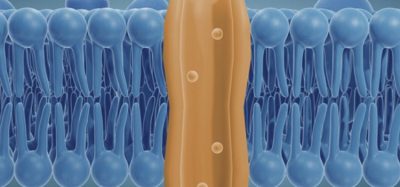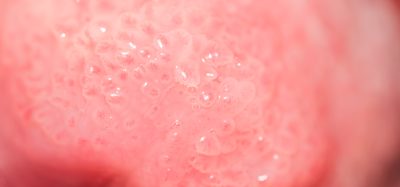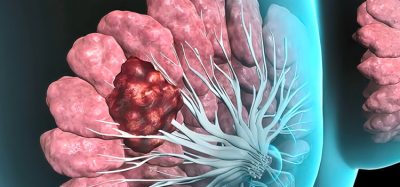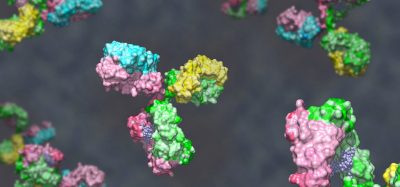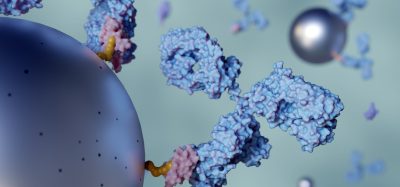Small molecule therapy improves islet transplant success in diabetes
Posted: 8 July 2025 | Drug Target Review | No comments yet
A study from Weill Cornell Medicine shows that pre-treating pancreatic islet cells with a small molecule cocktail significantly improves survival after transplantation in type 1 diabetes models. The approach could help make donor cells go further and transplants more efficient.


A novel pre-treatment strategy using small molecules could significantly improve the survival of transplanted pancreatic islet cells in people with type 1 diabetes, according to a new preclinical study from Weill Cornell Medicine. The study, published in Cell Stem Cell, may allow more patients to benefit from transplants using fewer donor cells.
Tackling transplant limitations
In type 1 diabetes, the body’s immune system destroys insulin-producing beta cells in the pancreas – making patients reliant on lifelong insulin injections. Islet cell transplantation is a potential cure – but it does have its limitations. The standard procedure involves injecting islet cells from deceased donors into a patient’s liver, but many of these cells die shortly after transplantation.
In type 1 diabetes, the body’s immune system destroys insulin-producing beta cells in the pancreas – making patients reliant on lifelong insulin injections
“Transplanting the cells under the skin, an option with some potential advantages, also has challenges with dying cells,” said Dr Shuibing Chen, the Kilts Family Professor of Surgery and director of the Center for Genomic Health at Weill Cornell Medicine.
Automation now plays a central role in discovery. From self-driving laboratories to real-time bioprocessing
This report explores how data-driven systems improve reproducibility, speed decisions and make scale achievable across research and development.
Inside the report:
- Advance discovery through miniaturised, high-throughput and animal-free systems
- Integrate AI, robotics and analytics to speed decision-making
- Streamline cell therapy and bioprocess QC for scale and compliance
- And more!
This report unlocks perspectives that show how automation is changing the scale and quality of discovery. The result is faster insight, stronger data and better science – access your free copy today
Drawing inspiration from previous research showing that a six-hour pre-treatment improves the survival of blood stem cells after transplant, Dr Chen’s team explored whether a similar strategy could boost the longevity of pancreatic islet cells.
“With our new strategy, we should only need one donor per patient, or maybe one donor could contribute cells to two patients, lessening the waiting time for patients to receive the therapy,” said Dr Chen.
A new screening strategy: ChemPerturb-Seq
Developing an effective pre-treatment usually requires complex and costly drug screenings. But first author J. Jeya Vandana, a graduate student in the Tri-Institutional PhD Program in Chemical Biology, brought a fresh approach to the problem.
“Jeya combined chemical screens with single cell RNA-sequencing technology so that we could check multiple readouts in one experiment,” said Dr Chen.
This innovation, named ChemPerturb-Seq, allows researchers to test many small molecules simultaneously. Each cell in an experiment is tagged with a unique barcode and treated with a specific compound for 48 hours. RNA sequencing then reveals which treatments are most effective, with the barcode linking each response to a specific molecule. All resulting data is publicly available through ChemPerturbDB – an AI-powered database like ChatGPT.
LIP and LIPHS: sex-specific success
Using ChemPerturb-Seq, the researchers identified a successful pre-treatment cocktail – called LIP – consisting of beta-lipotropin, insulin growth factor-1 and prostaglandin E2. This combination significantly improved beta cell and human islet survival when transplanted under the skin of female mice.
Using ChemPerturb-Seq, the researchers identified a successful pre-treatment cocktail – called LIP
“Jeya first transplanted everything into female mice, and the approach worked very well, but when she transplanted the pre-treated cells into male mice, it failed,” said Dr Chen.
The team then returned to ChemPerturb-Seq and identified additional molecules to support islet cell survival in males. The result was LIPHS – the original LIP cocktail plus histamine and serotonin – which succeeded where LIP couldn’t on its own.
Next steps
Dr Chen’s team plans further preclinical studies to validate the approach in additional models. Meanwhile, they continue expanding ChemPerturbDB with new small-molecule datasets to support other researchers and clinical innovations.
If these findings translate to human patients, islet transplantation could become more efficient and widely accessible – making the lives of people living with type 1 diabetes much easier.
Related topics
Analysis, Assays, Drug Discovery, Drug Discovery Processes, Drug Targets, Small Molecules, Therapeutics, Translational Science
Related conditions
type 1 diabetes
Related organisations
Weill Cornell Medicine



